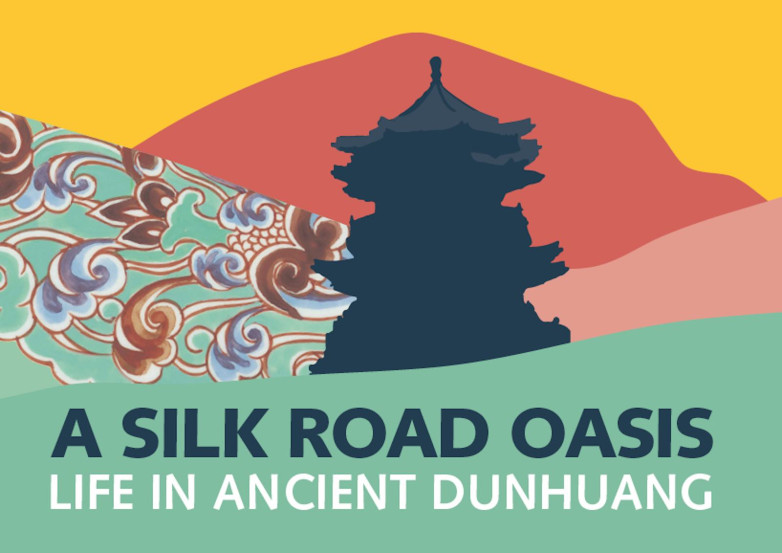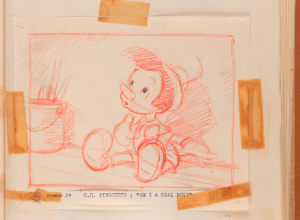Diamond Sutra Manuscripts Star in New Silk Roads Exhibition

A Silk Road Oasis: Life in Ancient Dunhuang, which runs through February 23 2025, at the British Library in London features more than 50 manuscripts, printed documents and pictorial works, many from the sealed ‘Library Cave’ in the cave complex of Mogao and on public display for the first time.
One of the most important archaeological finds of the 20th century was the discovery of Mogao Cave 17, often known as the ‘Library Cave’, near the oasis town of Dunhuang in present-day Gansu province, China. Sealed for nearly 900 years and containing thousands of manuscripts, paintings, printed documents and objects spanning literature, theology, medicine, politics and art, the contents present a time capsule detailing life in and around Dunhuang, a vital resting point along the Silk Roads trading routes in the first millennium CE.
The exhibition brings together documents and objects from Dunhuang for the very first time in 20 years. Highlights include:
- the Diamond Sutra (868 AD), the world’s earliest complete printed book with a date, and one of the most influential Mahayana sutras in East Asia
- the Dunhuang star chart (649-700), the earliest known manuscript atlas of the night sky from any civilisation
- a copy of the Diamond Sutra written in the scribe’s own blood, considered an act of powerful sincerity when copying Buddhist scriptures, on display for the first time
- the Old Tibetan Annals (641-761), the earliest surviving historical document in Tibetan
- a manuscript fragment dating from the 9th century about the prophet Zoroaster or Zarathusra, nearly 400 years older than any other surviving Zoroastrian scripture
- the longest surviving manuscript text in the Old Turkic script, a Turkic omen text known as the Irk Bitig or Book of Omens (930 or 942)
- one of the most important and complete manuscripts among the Old Uyghur Manichaean texts, the Xuastuanift, a confessional book of Manichaean Uyghurs, on display for the first time
"We are incredibly excited to provide a glimpse into the lives of the ordinary people who were the heart and soul of the Dunhuang oasis, making it such a fascinating melting-pot of languages, cultures and religions," said Mélodie Doumy, lead curator of Chinese collections at the British Library. "We hope to show how these stories from the first millennium still resonate in our contemporary world, particularly in a cosmopolitan hub like London, which a number of diverse communities call home."















